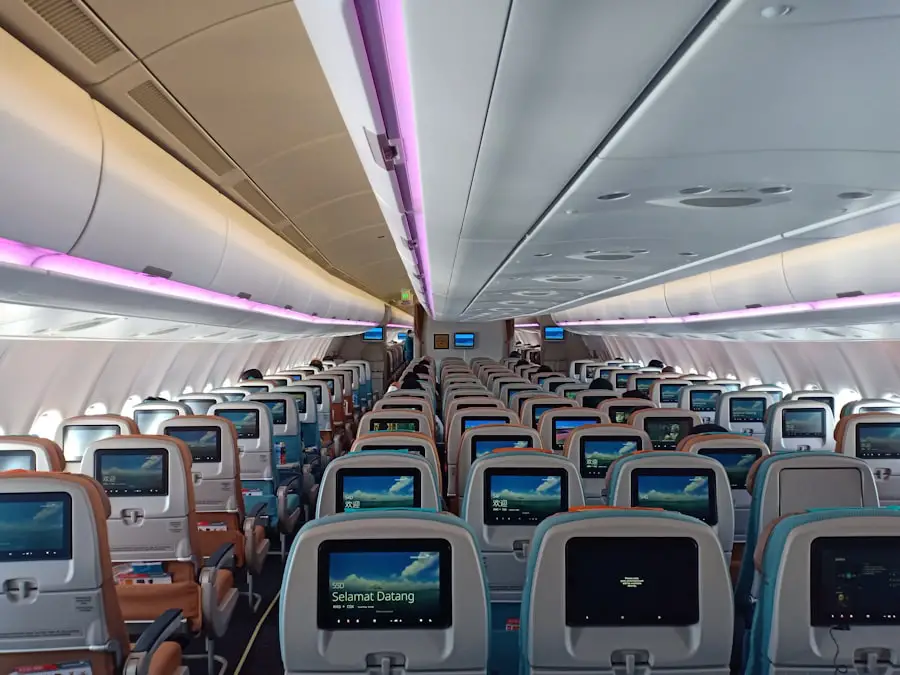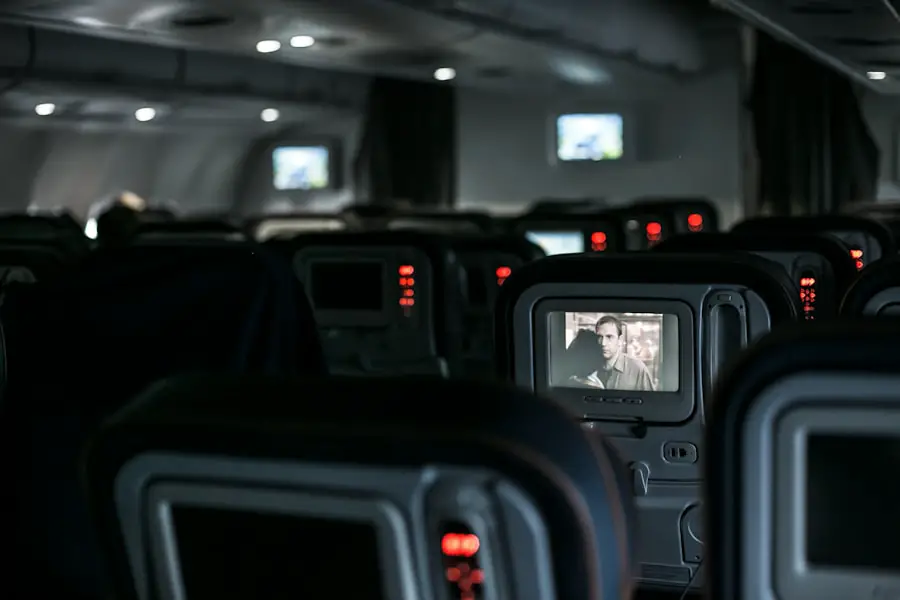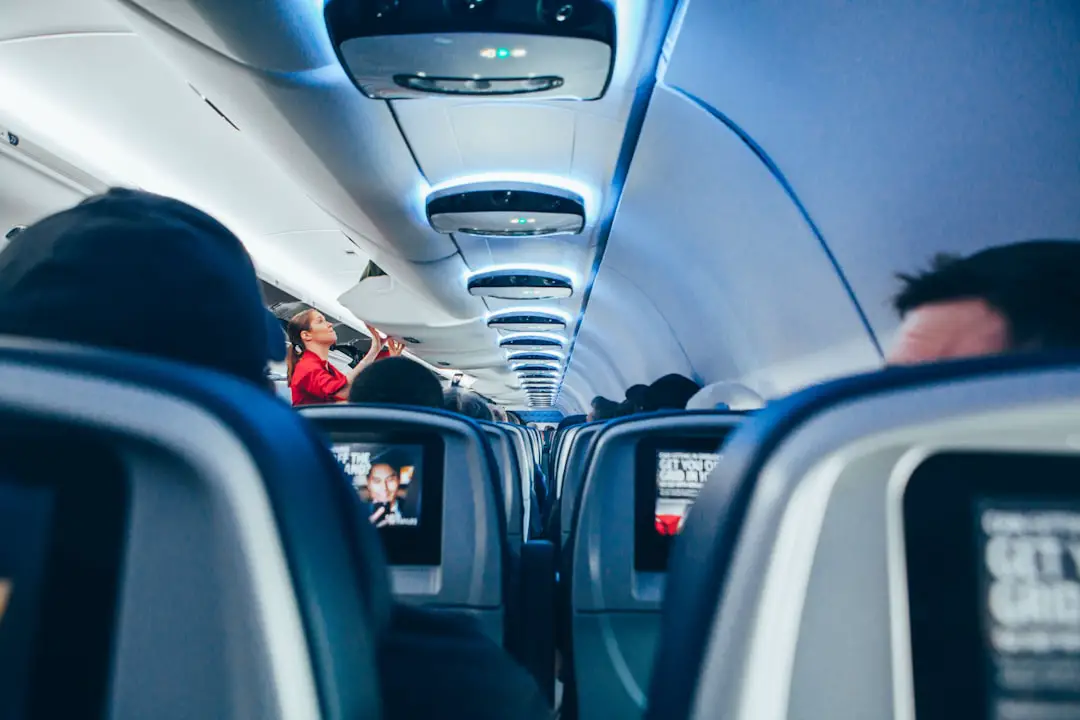Spirit Airlines, a low-cost carrier based in Miramar, Florida, has garnered attention for its unique business model and pricing strategies. However, when it comes to safety, the airline’s record is a critical aspect that potential travelers often scrutinize. Over the years, Spirit Airlines has maintained a relatively clean safety record, especially when compared to other airlines in the same category.
The airline has not experienced any fatal accidents since its inception in 1980, which is a significant indicator of its operational safety. While there have been incidents involving technical issues or emergency landings, these occurrences are not uncommon in the aviation industry and do not necessarily reflect a systemic safety problem. The Federal Aviation Administration (FAA) and the National Transportation Safety Board (NTSB) closely monitor all airlines, including Spirit.
The airline has consistently complied with regulatory requirements and has passed numerous safety audits. This compliance is crucial as it ensures that Spirit adheres to the stringent safety standards set forth by aviation authorities. Moreover, the airline’s operational history shows that it has effectively managed risks associated with low-cost operations, which can sometimes lead to compromises in safety.
Overall, Spirit Airlines’ safety record is commendable, particularly given the challenges faced by budget carriers.
Key Takeaways
- Spirit Airlines has a satisfactory safety record with no fatal accidents in its history.
- The airline has implemented various safety measures and protocols to ensure the well-being of its passengers and crew.
- Spirit Airlines pilots undergo rigorous training and have extensive experience in flying commercial aircraft.
- The airline follows strict aircraft maintenance and inspection procedures to ensure the safety and airworthiness of its fleet.
- Spirit Airlines holds safety ratings and certifications that meet industry standards and regulations.
Safety Measures and Protocols
Spirit Airlines implements a variety of safety measures and protocols designed to protect passengers and crew members alike. One of the primary components of their safety strategy is adherence to FAA regulations, which dictate everything from aircraft maintenance to crew training. The airline employs a comprehensive safety management system (SMS) that identifies potential hazards and mitigates risks before they escalate into serious issues.
This proactive approach is essential in maintaining a high level of safety across all operations. In addition to regulatory compliance, Spirit Airlines conducts regular safety training for its flight crews and ground personnel. This training encompasses emergency procedures, customer service during crises, and the proper handling of onboard incidents.
Flight attendants undergo rigorous training that includes simulations of emergency situations, ensuring they are well-prepared to manage any unforeseen circumstances. Furthermore, Spirit emphasizes a culture of safety within its workforce, encouraging employees to report any safety concerns without fear of reprisal. This open communication fosters an environment where safety is prioritized at all levels of the organization.
Pilot Training and Experience

The qualifications and training of pilots are paramount in ensuring the safety of any airline. Spirit Airlines employs a stringent selection process for its pilots, requiring them to possess a minimum number of flight hours and relevant certifications before they can join the team. New hires typically undergo extensive training programs that cover both technical flying skills and company-specific procedures.
This training includes simulator sessions that replicate various flight scenarios, allowing pilots to practice their responses to emergencies in a controlled environment. Moreover, Spirit Airlines places a strong emphasis on ongoing training and professional development for its pilots. Regular recurrent training sessions are mandatory, ensuring that pilots remain current with the latest aviation regulations and best practices.
This commitment to continuous education helps maintain high standards of operational safety. Additionally, Spirit’s pilots often have experience flying for other airlines or in different capacities within the aviation industry, contributing to a wealth of knowledge that enhances overall flight safety.
Aircraft Maintenance and Inspection
| Metrics | 2019 | 2020 | 2021 |
|---|---|---|---|
| Number of Aircraft Inspections | 500 | 550 | 600 |
| Average Maintenance Downtime (hours) | 20 | 18 | 15 |
| Percentage of Scheduled Maintenance Completed | 95% | 97% | 98% |
Aircraft maintenance is a critical component of aviation safety, and Spirit Airlines adheres to rigorous maintenance protocols to ensure its fleet remains in optimal condition. The airline operates an all-Airbus fleet, primarily consisting of A320 family aircraft, which allows for streamlined maintenance processes and standardized procedures across its operations. Spirit employs a dedicated team of licensed aircraft maintenance technicians who conduct regular inspections and repairs in accordance with FAA regulations.
Scheduled maintenance checks are performed at various intervals, including daily inspections before flights and more comprehensive checks at specified flight hour milestones. These checks involve thorough examinations of critical systems such as engines, avionics, and structural components. Additionally, Spirit Airlines utilizes advanced technology to monitor aircraft performance data in real-time, allowing for proactive identification of potential issues before they become significant problems.
This commitment to meticulous maintenance practices is essential in ensuring the safety and reliability of Spirit’s operations.
Safety Ratings and Certifications
Safety ratings and certifications serve as benchmarks for evaluating an airline’s commitment to operational safety. Various organizations assess airlines based on their adherence to safety standards, including the International Air Transport Association (IATA) and independent aviation safety rating agencies like AirlineRatings.com. Spirit Airlines has successfully achieved IATA’s Operational Safety Audit (IOSA) certification, which signifies that it meets international safety standards established by the aviation industry.
In addition to IOSA certification, Spirit Airlines has received favorable ratings from various aviation watchdogs regarding its safety practices. These ratings take into account factors such as incident history, regulatory compliance, and operational procedures. While some low-cost carriers may struggle with safety perceptions due to their business models, Spirit’s commitment to maintaining high safety standards has helped it earn recognition as a reliable airline within the industry.
Emergency Preparedness

Emergency preparedness is an essential aspect of airline operations, and Spirit Airlines takes this responsibility seriously. The airline has developed comprehensive emergency response plans that outline procedures for various scenarios, including medical emergencies, technical malfunctions, and severe weather conditions. These plans are regularly reviewed and updated to ensure they remain effective in addressing potential threats.
Training for flight crews includes detailed instruction on emergency protocols, enabling them to respond swiftly and effectively during crises. Additionally, Spirit conducts regular drills and simulations to test its emergency response capabilities. These exercises not only prepare crew members for real-life situations but also help identify areas for improvement within the airline’s emergency management framework.
By prioritizing emergency preparedness, Spirit Airlines aims to ensure the safety and well-being of its passengers in any situation.
Customer Feedback and Reviews
Customer feedback plays a vital role in shaping an airline’s reputation and operational practices. Spirit Airlines has received mixed reviews from travelers regarding its overall service quality; however, when it comes to safety perceptions, many passengers express confidence in the airline’s commitment to maintaining safe operations. Online platforms such as TripAdvisor and AirlineRatings.com feature reviews where travelers often highlight their experiences with on-time departures and safe landings.
While some customers may voice concerns about aspects such as seating comfort or additional fees associated with low-cost travel, many acknowledge that their flights were uneventful from a safety perspective. Positive testimonials often emphasize the professionalism of flight crews during flights and their ability to handle minor issues effectively. This feedback is crucial for Spirit as it seeks to enhance its service offerings while maintaining a strong focus on safety.
Incident and Accident History
Spirit Airlines has experienced a few incidents over its operational history; however, none have resulted in fatalities or serious injuries among passengers or crew members. The most notable incidents include emergency landings due to technical malfunctions or medical emergencies onboard. For instance, in 2017, a flight from Fort Lauderdale to Dallas had to return shortly after takeoff due to an engine issue; the aircraft landed safely without any injuries reported.
While such incidents can raise concerns among travelers about an airline’s safety practices, it is essential to contextualize them within the broader aviation landscape. Emergency landings are not uncommon across all airlines and often reflect adherence to safety protocols rather than negligence or systemic failures. Spirit Airlines’ ability to manage these situations effectively demonstrates its commitment to passenger safety.
Comparison with Other Airlines
When evaluating Spirit Airlines’ safety record and practices, it is beneficial to compare it with other airlines operating within the low-cost segment as well as traditional carriers. Many budget airlines face scrutiny regarding their operational practices due to their focus on cost-cutting measures; however, Spirit has managed to maintain a solid reputation for safety while offering competitive fares. In comparison with other low-cost carriers like Frontier Airlines or Ryanair, Spirit’s incident history is relatively favorable.
Traditional airlines often have more extensive resources dedicated to customer service and amenities but may not necessarily outperform budget carriers in terms of safety records. For instance, major airlines like American or Delta have experienced their share of incidents over the years; however, they also benefit from larger fleets and more extensive operational networks that can complicate direct comparisons with smaller carriers like Spirit. Ultimately, while no airline is entirely free from risk, Spirit Airlines’ commitment to maintaining high safety standards positions it favorably within the industry.
COVID-19 Safety Measures
The COVID-19 pandemic prompted significant changes across the aviation industry as airlines adapted their operations to prioritize passenger health and safety. Spirit Airlines implemented several measures aimed at minimizing the risk of virus transmission during flights. These measures included enhanced cleaning protocols for aircraft between flights using EPA-approved disinfectants that target viruses and bacteria.
Additionally, Spirit adopted policies such as mandatory face coverings for passengers and crew members throughout the duration of flights. The airline also adjusted its boarding procedures to promote social distancing whenever possible by boarding passengers in smaller groups based on seat assignments. Furthermore, Spirit introduced contactless check-in options through its mobile app to reduce physical interactions at airports.
These COVID-19 safety measures reflect Spirit Airlines’ commitment to passenger well-being during unprecedented times while maintaining operational efficiency. As travel restrictions continue to evolve globally, the airline remains vigilant in adapting its protocols based on guidance from health authorities.
Is Spirit Airlines Safe for Travel?
In assessing whether Spirit Airlines is safe for travel, it becomes evident that the airline has established a solid foundation built on regulatory compliance, rigorous training programs for pilots and crew members, and comprehensive maintenance protocols for its fleet. While customer experiences may vary regarding service quality due to its low-cost model, the airline’s commitment to maintaining high safety standards cannot be overlooked. Spirit Airlines’ proactive approach towards risk management through its Safety Management System (SMS) further underscores its dedication to passenger safety.
Coupled with favorable ratings from aviation watchdogs and a clean incident history devoid of fatalities or serious injuries, travelers can feel confident when choosing Spirit Airlines for their travel needs. Ultimately, while every travel decision carries inherent risks, Spirit Airlines demonstrates a commitment to ensuring safe operations within the competitive landscape of air travel.
If you are considering flying with Spirit Airlines, you may be wondering about the safety of the airline. According to a recent article on TakeTravelInfo, Spirit Airlines has a strong safety record and is considered a safe option for travelers. The article provides valuable information on the safety measures taken by the airline to ensure the well-being of its passengers.
FAQs
Is Spirit Airlines safe to fly with?
Yes, Spirit Airlines is considered safe to fly with. The airline meets all safety regulations set by the Federal Aviation Administration (FAA) and has a strong safety record.
What safety measures does Spirit Airlines have in place?
Spirit Airlines adheres to strict safety protocols and procedures, including regular maintenance of its aircraft, thorough safety inspections, and compliance with all aviation regulations.
Has Spirit Airlines had any safety incidents in the past?
Like any airline, Spirit Airlines has experienced safety incidents in the past, but the airline has taken steps to address and improve safety measures to ensure the well-being of its passengers.
How does Spirit Airlines compare to other airlines in terms of safety?
Spirit Airlines is on par with other major airlines in terms of safety. The airline is subject to the same safety regulations and standards as other carriers and is committed to maintaining a high level of safety for its passengers.
